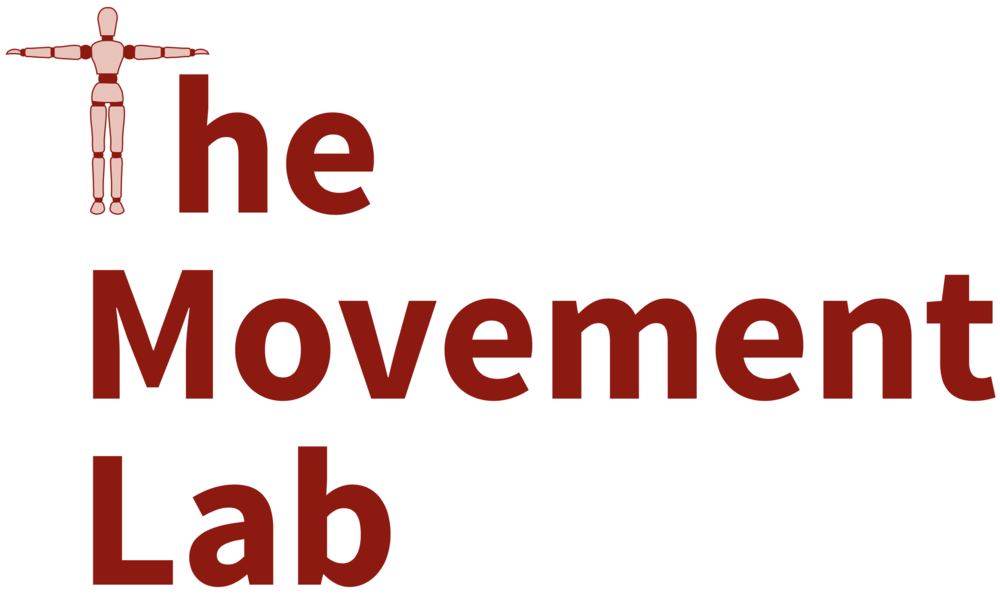Stylized Motion Generalization Through Adaptation of Velocity Profile

Stylized motion is prevalent in the field of Human-Robot Interaction (HRI). Robot designers typically hand craft or work with professional animators to design behaviors for a robot that will be communicative or life-like when interacting with a human partner. A challenge is to apply this stylized trajectory in varied contexts (e.g. performing a stylized gesture with different end-effector constraints). The goal of this research is to create useful, task-based motion with variance that spans the reachable space of the robot and satisfies constraints, while preserving the “style” of the original motion. We claim the appropriate representation for adapting and generalizing a trajectory is not in Cartesian or joint angle space, but rather in joint velocity space, which allows for unspecified initial conditions to be supplied by interaction with the dynamic environment. The benefit of this representation is that a single trajectory can be extended to accomplish similar tasks in the world given constraints in the environment. We present quantitative data using a continuity metric to prove that, given a stylized initial trajectory, we can create smoother generalized motion than with traditional techniques such as cyclic-coordinate descent.
